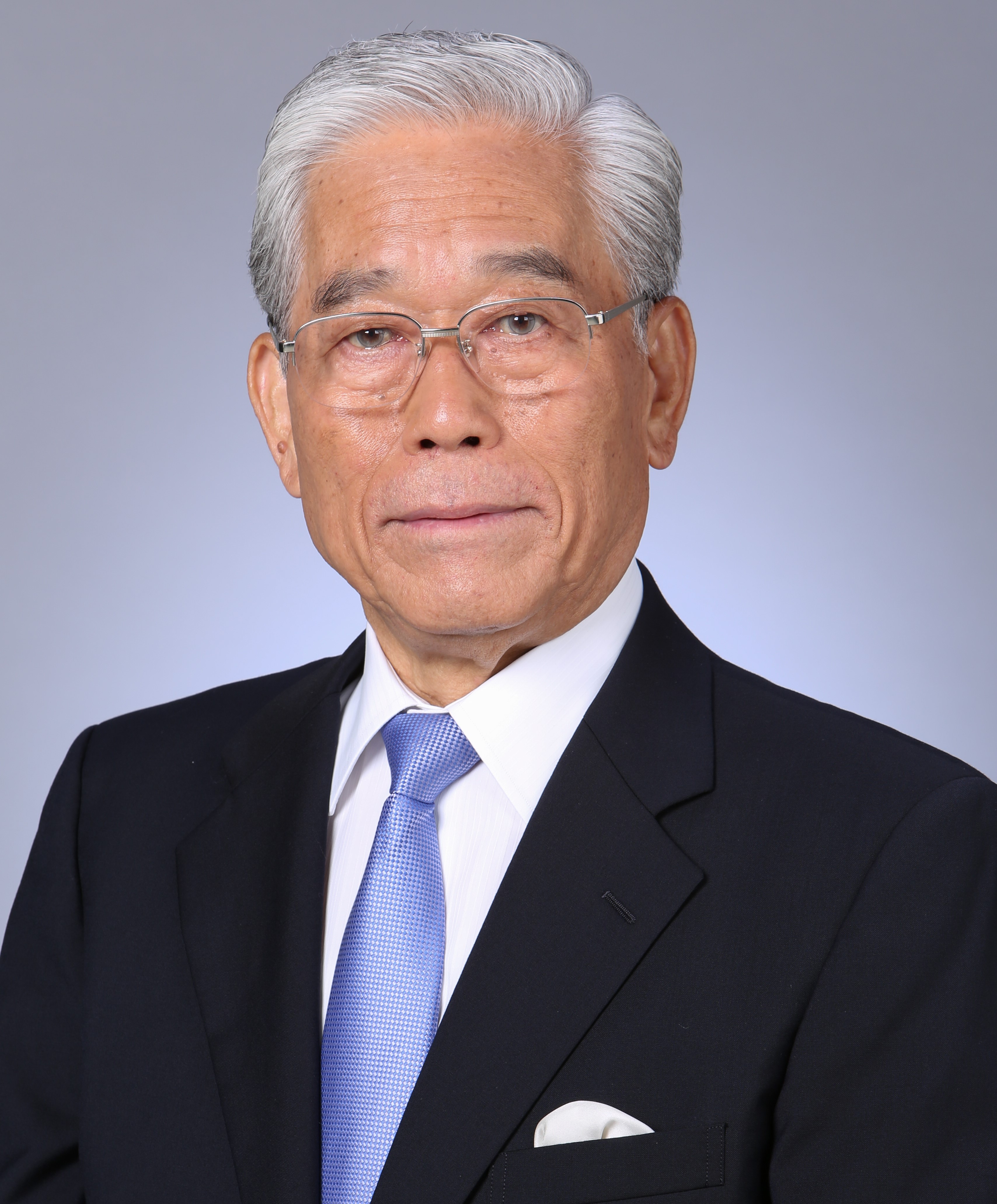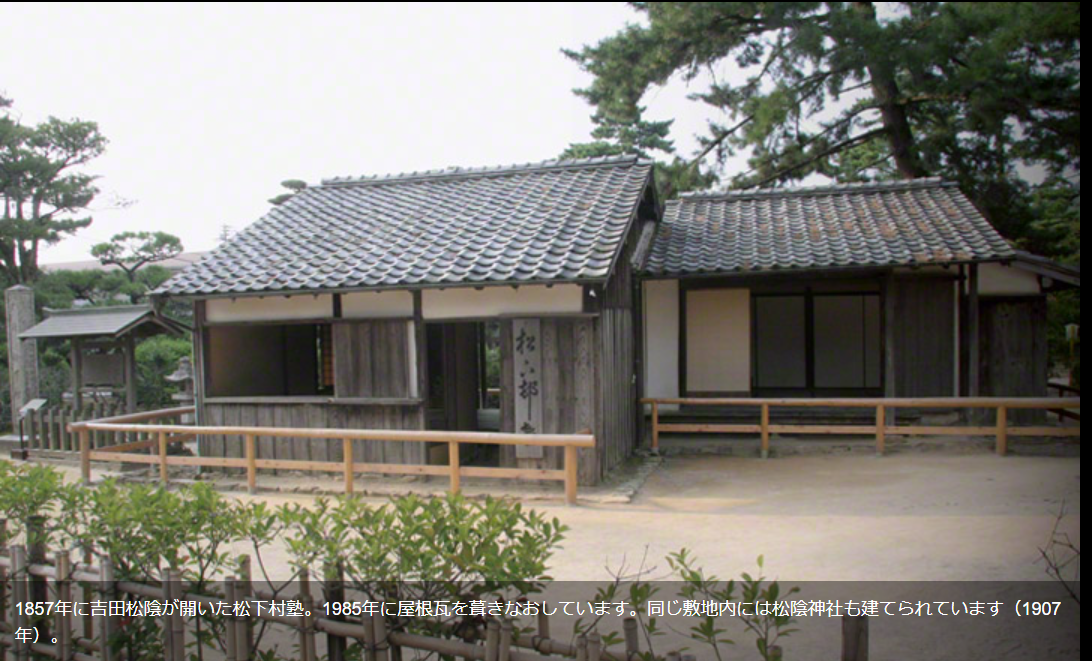PEOPLE
Japan's Meiji Industrial Heritage is the Pride of Japan - Knowing the Steps of Our Predecessors is the Key to Reconsidering Japanese Education

Chairman, Fujisankei Group
Executive Managing Advisor, Fuji Television Network, Inc.
Executive Managing Advisor, Fuji Media Holdings, Inc.
Date of Birth: December 31, 1937
Education: Bachelor of Arts, Social Studies, Waseda University-1961
April 1961: News Div., News Dept., Fuji Television Network, Inc.
May 1980: Senior Executive Director, Programming and Production Dept., Fuji Television Network, Inc.
June 1983: Executive Managing Director, Fuji Television Network, Inc.
June 1986: Senior Executive Managing Director, Fuji Television Network, Inc.
June 1988: President and C.E.O., Fuji Television Network, Inc.
June 1992 – June 1993: Executive Managing Director, The Sankei Shimbun
June 1993 -Present: Executive Managing Advisor, The Sankei Shimbun
June 2001 - June 2017: Chairman and C.E.O., Fuji Television Network, Inc.
April 2003 - March 2006: President, The National Association of Commercial Broadcasters in Japan
July 2003 - Present: Chairman, Fujisankei Group
July 2005 - Present: Executive Managing Advisor, Fujisankei Communications International, Inc.
October 2008 - June 2017: Chairman and C.E.O., Fuji Media Holdings, Inc.
June 2017- Present: Executive Managing Advisor, Fuji Television Network, Inc.
June 2017- Present: Executive Managing Advisor Fuji Media Holdings, Inc.
“A good concept" was the first thing you said at the opening of the meeting.
Kato: Thank you for taking time out of your busy schedule today. You are a great friend of my father's and a mentor to me. When it came to the World Heritage registration, I consulted with you at a difficult time and in a tough situation.
Hieda: No, I was just sending encouragement. How many years has it been since your father (Mr. Mutsuki) passed away?
Kato: He passed away in 2006, so it has been 18 years. The World Heritage registration was in 2015, but I think he would have been very happy if he had lived. After all, I was always doing things that annoyed my father.
Hieda: Hahaha. Your father might have wanted you to marry a government official and take over the family business. He must have been surprised that you flew to the United States because you wanted to attend Harvard University.
Kato: He was vehemently opposed, but I went to Harvard University's Kennedy School of Government and Politics to study urban economics. After returning to Japan, my father was extremely pleased when I published a book titled "A Journey into the History of Industrial Heritage: 'Regions and Citizens'" from Nihon Keizai Shimbun in 1999. In his speech at the publication party, he encouraged me, saying, "You must have been taken care of by Japan, too. Don't just introduce examples from other countries; you must try to give back to Japan.” I decided to take a positive approach, and that was the beginning of everything.
Hieda: That's a good story. It is great that you turned your attention from there to Japan, and led to the registration of Sites of Japan's Meiji Industrial Revolution as a World Heritage site.
Kato: In the beginning, we did not have a concrete plan, but Mr. Kimiyasu Shimazu (then Vice President of Shimadzu Corporation), who had read a review of "Industrial Heritage" in Nikkei Business, approached me and said, "I want to make Shuseikan in Kagoshima a World Heritage site.” This was a major turning point for me. I travelled to Cornwell in southern England to interview the late Mr. Steuart Smith, former Executive Director of the International Committee for the Preservation of Industrial Heritage, and this is how my relationship with Mr. Smith began. It was 2002 when I took him to Shuseikan in Kagoshima, the Nagasaki Shipyard Museum of Mitsubishi Heavy Industries, Kosuge Ship Repairing Dock Heritage Site, and Takashima Coal Mine in Nagasaki.
Hieda: You have great energy. And you did it on your own, didn't you?
Kato: That's right. I drove with Mr. Smith in the passenger seat (laughs). It is a good memory now, in any case. He showed a strong interest in and high regard for Japan's industrial heritage sites and pointed out to me that “although it would be difficult to register a single industrial heritage site, there was a possibility of registering a group of scattered industrial heritage sites as a serial World Heritage Site.” These words encouraged me to take the first step toward world registration.
Hieda: I heard that he embarked on a great ocean voyage. That was really brave.
Kato: Of course, I had decided to proceed with the project on my own, but in the end, I was going to ask my father for advice. But then my father passed away, and I had no one to turn to. It was at that time that I asked you, Chairman Hieda if you would understand, and for the first time, I told you in detail about my plan to register Japan's industrial heritage sites on the World Heritage List. It was in the chairman's office of Fuji Television Network, Inc. in Odaiba, the same place as today.
Hieda: There is also an industrial heritage site in Odaiba. Shinagawa Daiba (Shinagawa Battery Islands) was built by the Tokugawa Shogunate off the coast of Shinagawa in Edo Bay to house gun batteries when Perry (Matthew Calbraith Perry) came to Japan during the Edo period. This is the origin of Odaiba. Today, the third and sixth daiba remain in Odaiba Park, I think. I would like to visit one day, but I have been too busy to go there.
Kato: Is that right? At first, turrets were included in the conceptual plan for the industrial heritage group, but we could not put them together because there were so many of them left all over Japan. Unfortunately, Odaiba is not included in Japan’s Meiji Industrial Heritage Sites, but there is no doubt that it is one of its valuable historical assets.
Hieda: I think it is very important to consider that Japan exists today because of such facts and the people who were involved in it. I am proud of the people who thought they had to stand up for Japan, their ability to act, their leadership, their wisdom, and their sense of responsibility. ......
Wisdom is necessary to accomplish a goal, and courage and energy are also indispensable. If we think of how talented the Japanese people are, we will feel empowered.
Kato: At that time, the first thing you said to me was, "That's a good idea, and I agree with it.”
Hieda: I had a vague feeling that Japanese education and the way it should be is fading away. I also like stories about the end of the Edo period myself, and I respect Yoshida Shoin as my mentor in life. I guess I was quick to get into the groove because of that. Anyway, when I heard your story, it hit me that industrial heritage sites are a part of Japanese culture and an epoch-making event from the historical aspect of Japan, so it is absolutely necessary to pass it on.

Representative Director, National Congress of Industrial Heritage
(Honorary Advisor, Kyushu Railway Company (JR Kyushu)
Senior Researcher, Industrial Heritage Information Centre
Honorary Advisor, Nippon Mining Co., Ltd.
The Ambassador of Supporting Kamaishi Hometown
Former Director of Nagasaki City World Heritage Office
Former General Manager, Nagasaki Shipyard and Machinery Works, Mitsubishi Heavy Industries, Ltd.
Chairman, Fujisankei Group
Executive Managing Advisor, Fuji Television Network, Inc.
Executive Managing Advisor, Fuji Media Holdings, Inc.
Advisor, Federation of Japan Port and Airport Construction Association
(Ex. Chairman of Specialists Center of Port and Airport Engineering)
Mayor of Nagasaki City
Former Director of the Sano Tsunetami Memorial Museum (currently known as Sano Tsunetami and the Mietsu Naval Dock History Museum)
Director of NPO Association for Thinking about Satoyama
Director of National Congress of the Industrial Heritage
Honorary Chief Priest Toshinari Ueda
Former Mayor of Omuta City
Archaeologist and Heritage Conservation Specialist
A fellow of the Japan Federation of Engineering Societies
Team Member of the Industrial Project Team Office for the Promotion of World Heritage Listing under Cabinet Secretariat
Governor of Kagoshima Prefecture
Mayor of Hagi City
Mayor of Uki City, Kumamoto Prefecture
The Former Employee of Nippon Steel Corporation
An Associate Professor of the Faculty of Science and Engineering in Iwate University
Chairman of the Tourist Guide Association of Misumi West Port
President of Kuraya Narusawa Co., Ltd.
Chairman of Izunokuni City Tourism Association
Director and General Manager of Gunkanjima Concierge
Producer of the Gunkanjima Digital Museum
Owner at Tōge Chaya
Chairman: Mr. Hidenori Date
President: Mr. Masahiro Date
Proprietor, Houraikan Inn
Representative Director of Egawa Bunko non-profit incorporated foundation
The 42nd head of the Egawa Family
Democratic Party for the People (DPP) Representative for Nagasaki Prefecture
President of the NPO, Way to World Heritage Gunkanjima
Representative Director
MI Consulting Group
President of Watanabe Production Group and Honorary Chair of Watanabe Productions Co., Ltd.
Member of the House of Councillors
Governor
Kagoshima Prefecture
World Heritage Consultant
Director and Dean, The Kyushu-Asia Institute of Leadership
Representative Director, SUMIDA, Inc.
Journalist, founder of the Shimomura Mitsuko Ikikata Juku School
Representative, Rally Nippon
Chairman, Sites of Japan’s Meiji Industrial Revolution World Heritage Route Promotion Council Director, National Congress of Industrial Heritage
Representative Director, General Incorporated Foundation National Congress of Industrial Heritage (Advisor, Public Interest Incorporated Foundation Capital Markets Research Institute)
Mayor of Nagasaki City
Policy Director at Heritage Montreal
World Heritage Consultant
Executive Director of Kogakuin University
Heritage Architect and International Consultant
Head of Data Acquisition at The Glasgow School of Art’s School of Simulation and Visualisation
Head of Industrial Heritage, Historic Environment Scotland, Edinburgh
Scottish Ten Project Manager, Historic Environment Scotland, Edinburgh
Mayor of Izunokuni City, Shizuoka Prefecture
Pro-Provost and Chairman of Council of the Royal College of Art. Heritage advisor of Canal & River Trust for England and Wales.
Dean of Tokyo Rissho Junior College
Professor emeritus of Keio University
Mayor of Kitakyushu City
At the 39th session of the World Heritage Committee convened in Bonn, Germany, from June 28 to July 8, 2015, the decision was approved to inscribe the Sites of Japan’s Meiji Industrial Revolution on the World Heritage list.
At a celebratory party held to mark the occasion, some of the primary promoters of the project spoke of their joy in achieving their goal and of the trials and tribulations to getting there.
Director and Managing Executive Officer, Hanshin Expressway Company Limited
Member, Board of Directors, National Congress of Industrial Heritage
Vice-Governor of Shizuoka Prefecture
Mayor of Hagi City
Chairman, Tokyo Metro Co., Ltd.
Mayor of Omuta City
Deputy Director-General, Lifelong Learning Policy Bureau, MEXT
Former Counsellor, Cabinet Secretariat
Mayor of Kamaishi City
Member, Board of Directors, National Congress of Industrial Heritage Counselor, Shimadzu Limited
Chairman of the Consortium for the World Heritage Inscription of Modern Industrial Heritage (Kyushu-Yamaguchi) and governor of Kagoshima Prefecture (as of 2015)